1. Ricucci D, Siqueira JF Jr, Bate AL, Pitt Ford TR. Histologic investigation of root canal-treated teeth with apical periodontitis: a retrospective study from twenty-four patients. J Endod. 2009; 35:493–502. PMID:
19345793.

2. Sjögren U, Figdor D, Persson S, Sundqvist G. Influence of infection at the time of root filling on the outcome of endodontic treatment of teeth with apical periodontitis. Int Endod J. 1997; 30:297–306. PMID:
9477818.

3. Bystrom A, Claesson R, Sundqvist G. The antibacterial effect of camphorated paramonochlorophenol, camphorated phenol and calcium hydroxide in the treatment of infected root canals. Endod Dent Traumatol. 1985; 1:170–175. PMID:
3865763.

4. Ghoddusi J, Javidi M, Zarrabi MH, Bagheri H. Flare-ups incidence and severity after using calcium hydroxide as an intra canal dressing. Iran Endod J. 2006; 1:7–13.
5. Memon NA, Memon MR, Ali FU, Ane N. Assessment of the interappointment pain by using two different intracanal medicaments. Pak Oral Dent J. 2013; 33:145–150.
6. Orstavik D. Root canal disinfection: a review of concepts and recent developments. Aust Endod J. 2003; 29:70–74. PMID:
14655819.
7. Law A, Messer H. An evidence-based analysis of the antibacterial effectiveness of intracanal medicaments. J Endod. 2004; 30:689–694. PMID:
15448460.

8. Athanassiadis B, Walsh LJ. Aspects of solvent chemistry for calcium hydroxide medicaments. Materials (Basel). 2017; 10:1219.

9. Walton RE, Holton IF Jr, Michelich R. Calcium hydroxide as an intracanal medication: effect on posttreatment pain. J Endod. 2003; 29:627–629. PMID:
14606782.

10. Nam W, Park SH, Choi GW. The effect of calcium hydroxide on post-treatment pain. J Korean Acad Conserv Dent. 2006; 31:86–95.

11. Singh RD, Khatter R, Bal RK, Bal CS. Intracanal medications versus placebo in reducing postoperative endodontic pain--a double-blind randomized clinical trial. Braz Dent J. 2013; 24:25–29. PMID:
23657409.
12. Erdem Hepsenoglu Y, Eyuboglu TF, Özcan M. Postoperative pain intensity after single- versus two-visit nonsurgical endodontic retreatment: a randomized clinical trial. J Endod. 2018; 44:1339–1346. PMID:
30054099.
13. Mohammadi Z, Dummer PM. Properties and applications of calcium hydroxide in endodontics and dental traumatology. Int Endod J. 2011; 44:697–730. PMID:
21535021.

14. Sharma G, Ahmed HM, Zilm PS, Rossi-Fedele G. Antimicrobial properties of calcium hydroxide dressing when used for long-term application: a systematic review. Aust Endod J. 2018; 44:60–65. PMID:
29168274.

15. Anjaneyulu K, Nivedhitha MS. Influence of calcium hydroxide on the post-treatment pain in endodontics: a systematic review. J Conserv Dent. 2014; 17:200–207. PMID:
24944439.

16. Sanu N, Ramesh S. Comparative evaluation of post-operative pain with different intracanal medicaments: a systematic review. Am J PharmTech Res. 2016; 6:34–61.
17. Liberati A, Altman DG, Tetzlaff J, Mulrow C, Gøtzsche PC, Ioannidis JP, Clarke M, Devereaux PJ, Kleijnen J, Moher D. The PRISMA statement for reporting systematic reviews and meta-analyses of studies that evaluate health care interventions: explanation and elaboration. J Clin Epidemiol. 2009; 62:e1–e34. PMID:
19631507.

18. Sterne JA, Savović J, Page MJ, Elbers RG, Blencowe NS, Boutron I, Cates CJ, Cheng HY, Corbett MS, Eldridge SM, Emberson JR, Hernán MA, Hopewell S, Hróbjartsson A, Junqueira DR, Jüni P, Kirkham JJ, Lasserson T, Li T, McAleenan A, Reeves BC, Shepperd S, Shrier I, Stewart LA, Tilling K, White IR, Whiting PF, Higgins JP. RoB 2: a revised tool for assessing risk of bias in randomised trials. BMJ. 2019; 366:l4898. PMID:
31462531.

19. Manfredi M, Figini L, Gagliani M, Lodi G. Single versus multiple visits for endodontic treatment of permanent teeth. Cochrane Database Syst Rev. 2016; 12:CD005296. PMID:
27905673.

20. Menakaya IN, Adegbulugbe IC, Oderinu OH, Shaba OP. The efficacy of calcium hydroxide powder mixed with 0.2% chlorhexidine digluconate or mixed with normal saline as intracanal medicament in the treatment of apical periodontitis. J Contemp Dent Pract. 2015; 16:657–664. PMID:
26423502.
21. Quadir F, Amin F, Shahbaz U. Comparison of intracanal medications for the assessment of pain after root canal treatment. Pak Oral Dent J. 2015; 35:286–289.
22. Sen N, Gupta A, Singh B, Dhingra A. Comparative evaluation of interappointment flare-ups in diabetic and nondiabetic patients. Indian J Dent Sci. 2017; 9:160.

23. Sinhal T, Shah RR, Shah N, Jais P, Hadwani K. Comparative evaluation of 2% chlorhexidine gel and triple antibiotic paste with calcium hydroxide paste on incidence of interappointment flare-up in diabetic patients: a randomized double-blinded clinical study. Endodontology. 2017; 29:136.

24. Samir Abouelenien S, Mohamed Ibrahim S, Gameel Shaker O, Mohamed Ahmed G. Evaluation of postoperative pain in infected root canals after using double antibiotic paste versus calcium hydroxide as intra-canal medication: a randomized controlled trial. F1000 Res. 2018; 7:1768.
25. Uyan HM, Olcay K, Özcan M. Comparative evaluation of postoperative pain intensity after single-visit and multiple-visit retreatment cases: a prospective randomized clinical trial. Braz Dent Sci. 2018; 21:26–36.

26. Fava LR. Acute apical periodontitis: incidence of post-operative pain using two different root canal dressings. Int Endod J. 1998; 31:343–347. PMID:
9823137.

27. Ehrmann EH, Messer HH, Adams GG. The relationship of intracanal medicaments to postoperative pain in endodontics. Int Endod J. 2003; 36:868–875. PMID:
14641427.

28. Ehrmann EH, Messer HH, Clark RM. Flare-ups in endodontics and their relationship to various medicaments. Aust Endod J. 2007; 33:119–130. PMID:
18076580.

29. Petrovic V, Opacic-Galic V, Zivkovic S. Postoperative pain after primary endodontic treatment and retreatment of asimptomatic teeth. Serbian Dent J. 2011; 58:75–81.

30. Rasheed D, Perveen S, Yasmeen R, Yousaf A, Manzoor MA, Babar Z. Comparison of calcium hydroxide paste with kenacomb (corticosteroid-antibiotic paste) for postoperative endodontic pain in acute apical periodontitis: a randomized controlled trial. Pak Armed Forces Med J. 2014; 64:39–45.
31. Siqueira JF, Barnett F. Interappointment pain: mechanisms, diagnosis, and treatment. Endod Topics. 2004; 7:93–109.

32. Aulestia-Viera PV, Braga MM, Borsatti MA. The effect of adjusting the pH of local anaesthetics in dentistry: a systematic review and meta-analysis. Int Endod J. 2018; 51:862–876. PMID:
29377171.

33. Schäfer E, Bössmann K. Antimicrobial efficacy of chlorhexidine and two calcium hydroxide formulations against
Enterococcus faecalis
. J Endod. 2005; 31:53–56. PMID:
15614008.
34. Krithikadatta J, Indira R, Dorothykalyani AL. Disinfection of dentinal tubules with 2% chlorhexidine, 2% metronidazole, bioactive glass when compared with calcium hydroxide as intracanal medicaments. J Endod. 2007; 33:1473–1476. PMID:
18037062.

35. Gomes BP, Vianna ME, Zaia AA, Almeida JF, Souza-Filho FJ, Ferraz CC. Chlorhexidine in endodontics. Braz Dent J. 2013; 24:89–102. PMID:
23780357.

36. Gomes CC, Guimarães LS, Pinto LC, Camargo GA, Valente MI, Sarquis MI. Investigations of the prevalence and virulence of
Candida albicans in periodontal and endodontic lesions in diabetic and normoglycemic patients. J Appl Oral Sci. 2017; 25:274–281. PMID:
28678946.
37. Rôças IN, Siqueira JF Jr. Characterization of microbiota of root canal-treated teeth with posttreatment disease. J Clin Microbiol. 2012; 50:1721–1724. PMID:
22403423.
38. Hjermstad MJ, Fayers PM, Haugen DF, Caraceni A, Hanks GW, Loge JH, Fainsinger R, Aass N, Kaasa S. European Palliative Care Research Collaborative (EPCRC). Studies comparing Numerical Rating Scales, Verbal Rating Scales, and Visual Analogue Scales for assessment of pain intensity in adults: a systematic literature review. J Pain Symptom Manage. 2011; 41:1073–1093. PMID:
21621130.

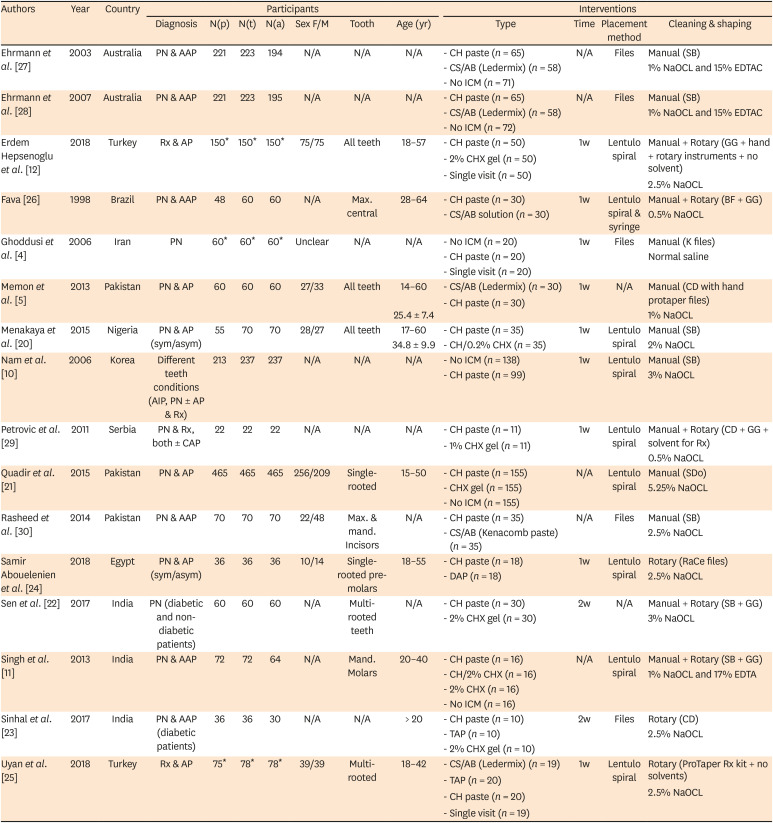
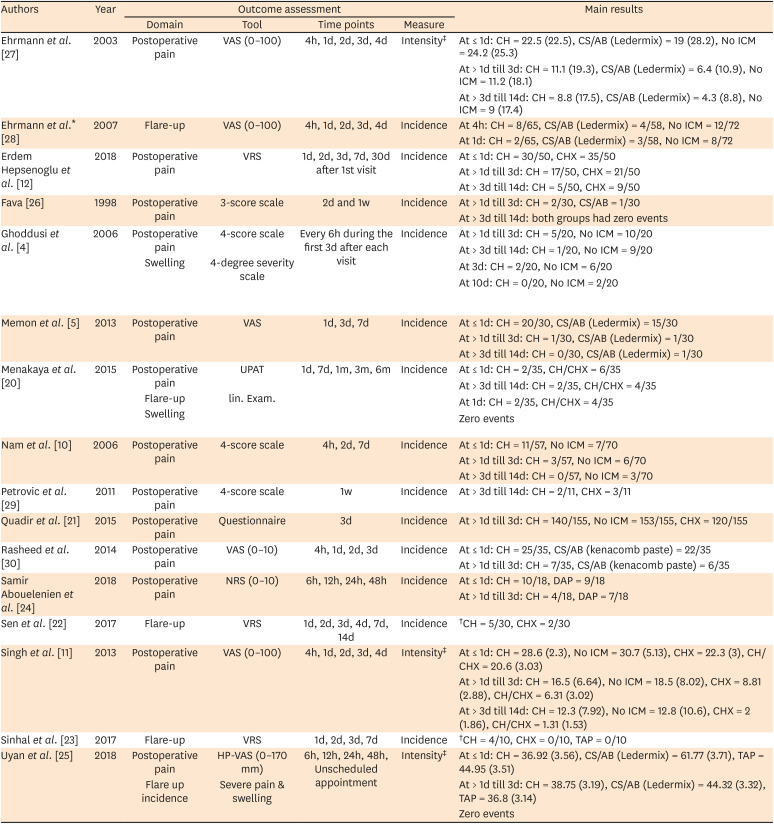
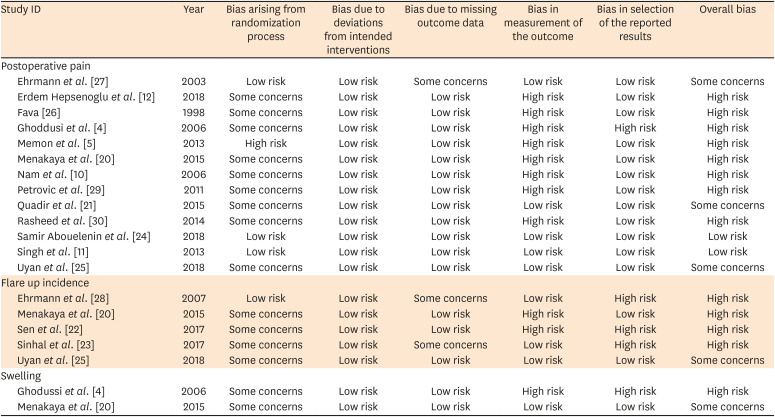
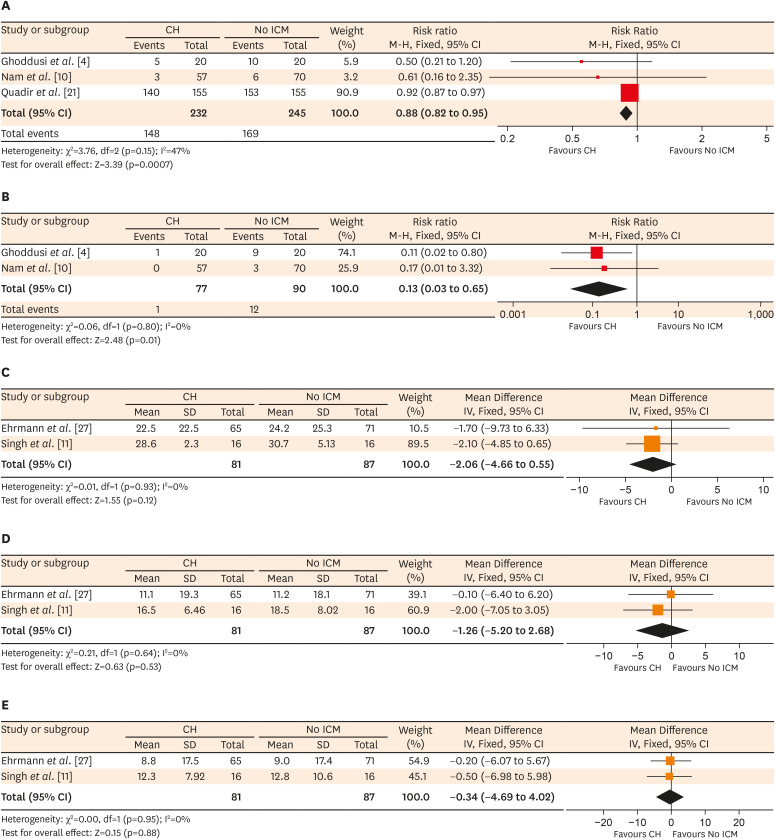
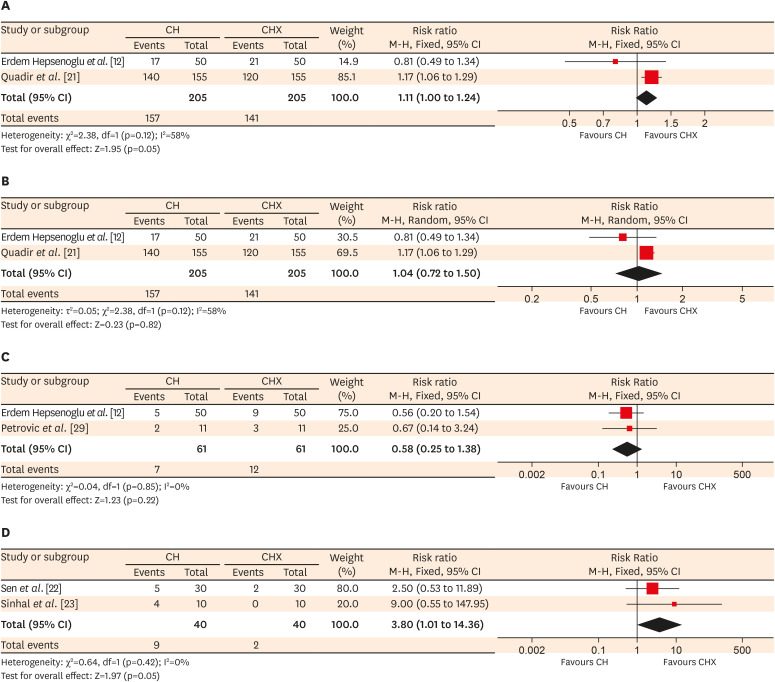
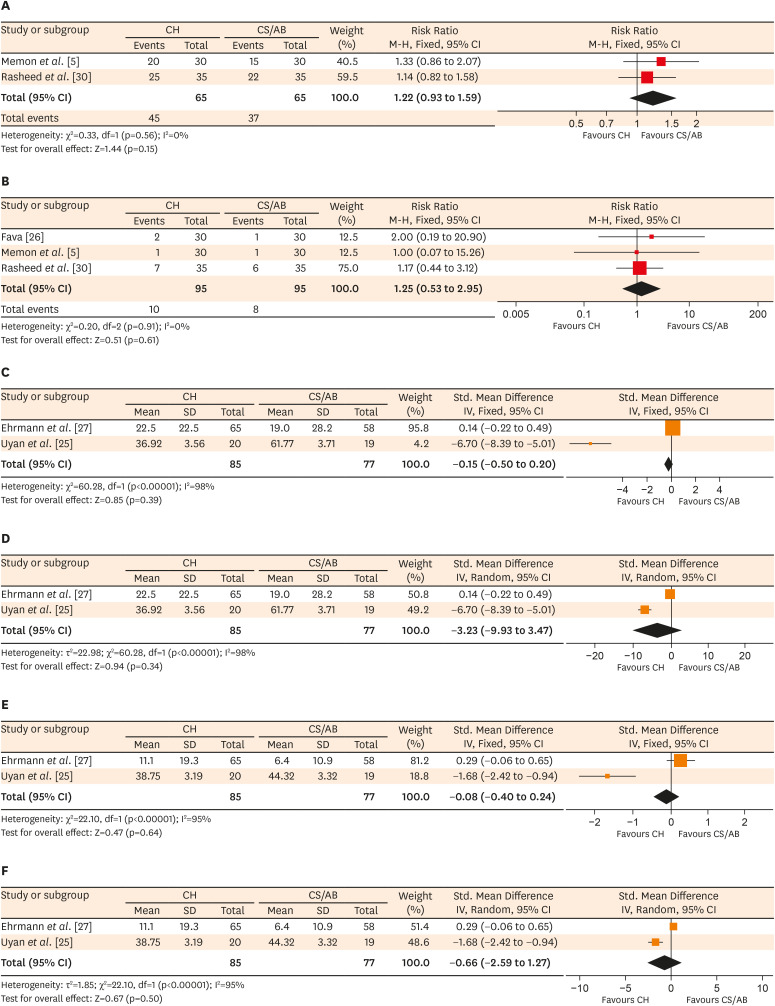




 PDF
PDF Citation
Citation Print
Print



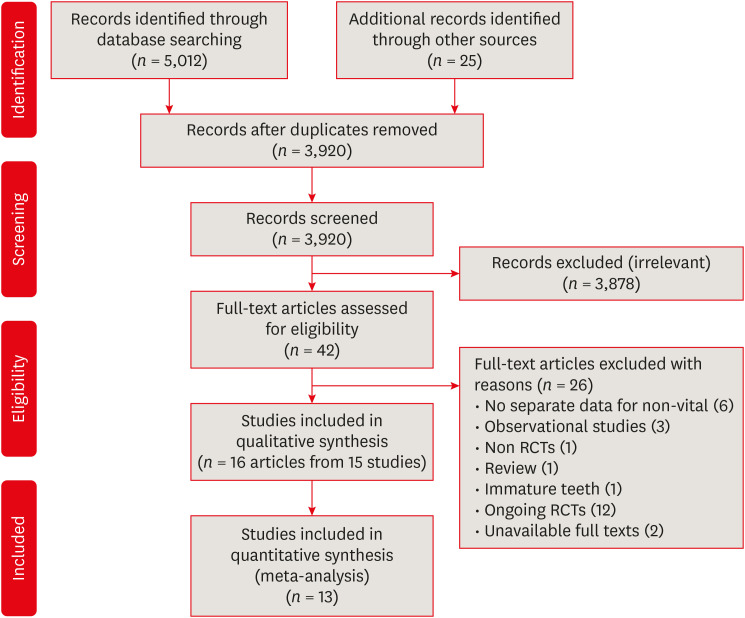
 XML Download
XML Download